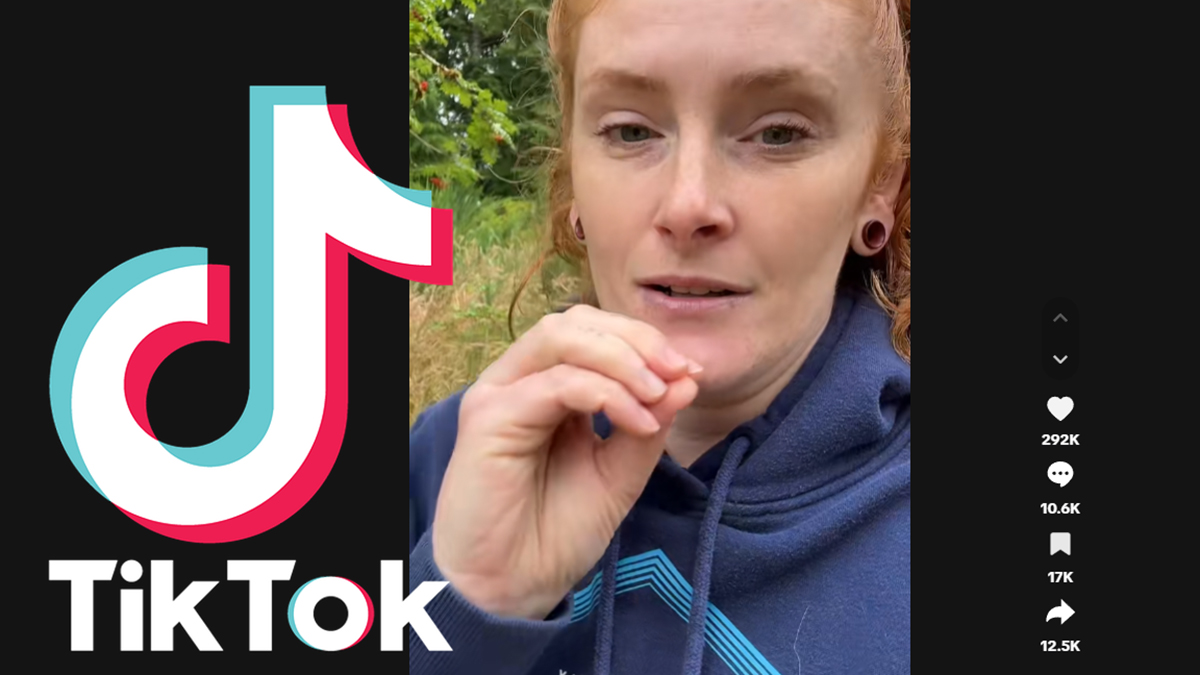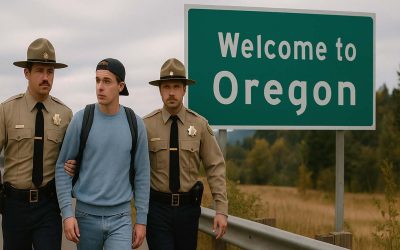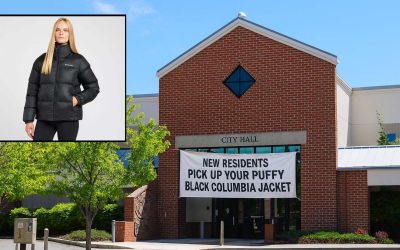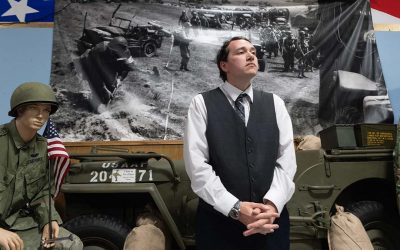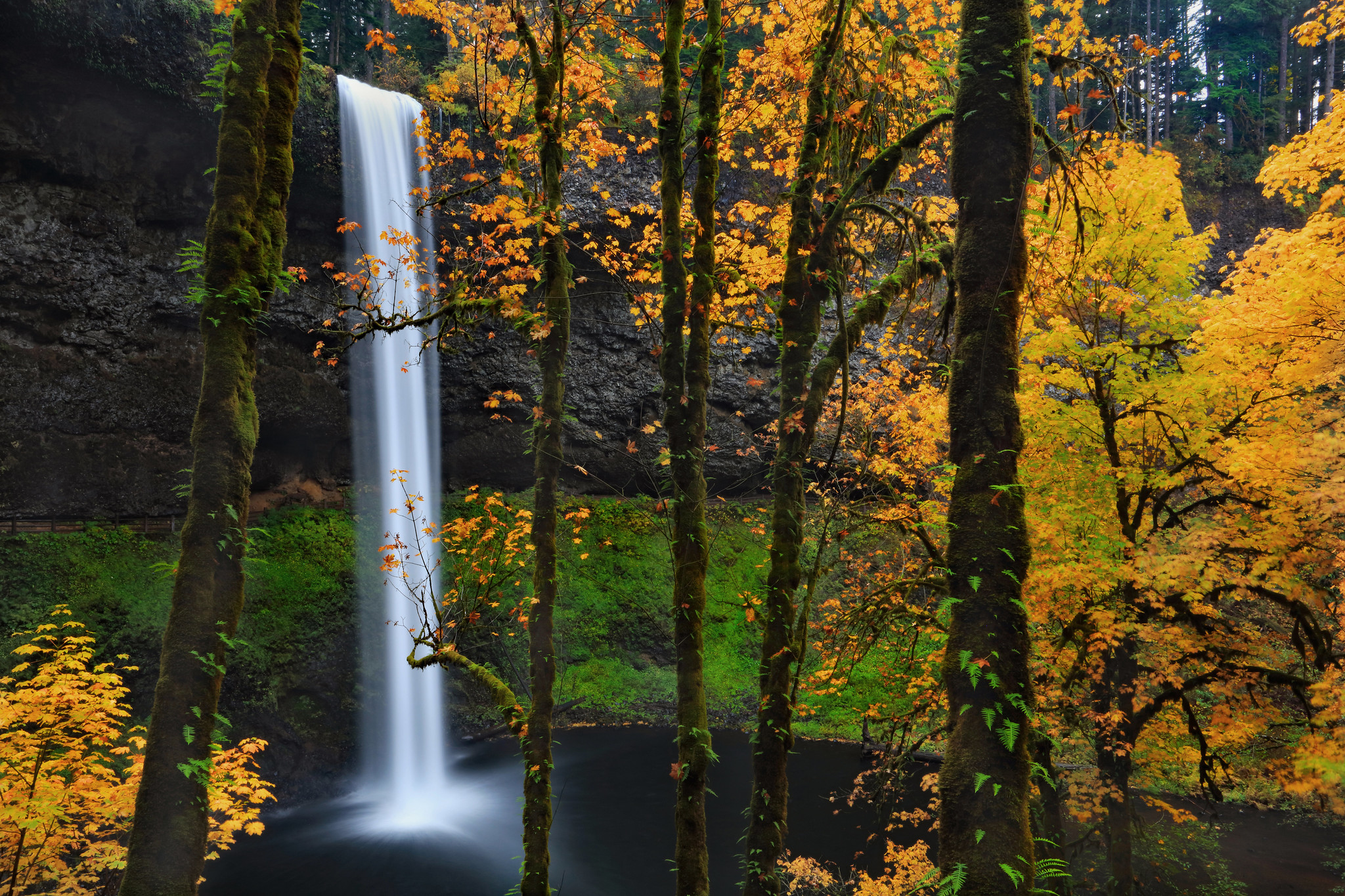A TikTok video recently went viral after a woman claimed she was shocked to discover she lives in a “sundown town”—specifically, Astoria, Oregon. Her emotional monologue quickly gained attention across social media, sparking a wider conversation about racism, Oregon’s history, and whether labels like “sundown town” still have meaning today.
@rae_dusoleil #sundowntown #racism #racismawareness #oregon #astoriaoregon #astoria #pnw ♬ original sound - Rae Holbrook
The term “sundown town” refers to all-white communities, mostly in the 20th century, that used signs, laws, intimidation, or violence to exclude Black Americans and other minorities, especially after dark. While many people associate sundown towns with the Jim Crow South, they existed across the country, including the Pacific Northwest.
In Oregon, where early statehood laws explicitly barred Black people from settling, many towns developed reputations for informal racial exclusion well into the 1900s. Astoria has been cited by historians and researchers as having been a sundown town in the mid-20th century, not through official ordinances, but via community pressure that discouraged non-white residents from staying. For example, accounts exist of Black families being bought out of homes or warned to leave before dark. Though such practices are no longer legal, the legacy of those unwritten rules still lingers in many places, especially those with little racial diversity today.
The woman, who says she moved from the South expecting Oregon to be more progressive, expressed dismay upon learning that Astoria was marked as a sundown town on a crowdsourced online map. “B****, I live in one of them,” she says in the video, referencing a red dot marked "certain" on the map. “And now that I think about it, I hardly ever see Black people here. What the f***? I'm gonna move.”
She went on to say, “I live in Oregon, where I thought that, like, people are, like, super progressive… but I live in a f****** sundown town.” The video, filled with frustration, swings from personal reflection to broad condemnation: “There’s still some f****** disgusting little racist a*******,” she said, comparing her expectations of Oregon with her experiences in the South.
Historically, Oregon’s past isn’t free of racism. The state did pass Black exclusion laws in the 19th century, and like many areas across the U.S., it had communities that weren’t welcoming to minorities. But it’s worth noting that these laws were repealed long ago, and Oregon has since passed numerous civil rights protections. As for Astoria, there’s no evidence it ever had formal “sundown” laws that prohibited Black Americans from being in town after dark. The accusation appears to be based on anecdotal stories and generalizations, not documented ordinances.
Astoria, like much of rural Oregon, is majority white. According to Neilsberg’s American Community Survey (ACS) 2019–2023 5‑year estimates, in 2025, 84.82% of Astoria’s population was white, which translates to approximately 8,619 individuals out of the total city population. That’s true of many small towns across America—not because of active exclusion, but because of longstanding demographics, migration trends, and economic patterns. Declaring a town racist based on its racial makeup alone is a stretch that dismisses the complexity of how communities evolve.
Online maps that attempt to label “modern” sundown towns rarely cite solid sources or local government records. In this case, the map used in the video seems to rely on unverified submissions and assumptions based on population statistics. That doesn’t make the woman’s feelings invalid, but it raises questions about how quickly outrage spreads online without a closer look at the facts.
Later in the video, her tone becomes more hostile: “That is such backwards ass, like, toothless cousin f****** trailer trash. Pathetic, disgusting.” She adds, “Every single person you see of color is immediately better than you by default,” referring to people she considers racist.
Oregon’s history should absolutely be acknowledged and understood, especially in how it affects people’s lived experiences today. But painting current communities with broad strokes based on outdated terminology or vague impressions does little to encourage real understanding or progress. Calling a town racist based on a map and a few personal observations risks oversimplifying a serious issue—and alienating the very people who might otherwise want to be part of the solution.
Astoria is not perfect, and like any town, it has room to grow. But turning a complex topic into viral content doesn’t always bring clarity. Sometimes, it just deepens the divide.

